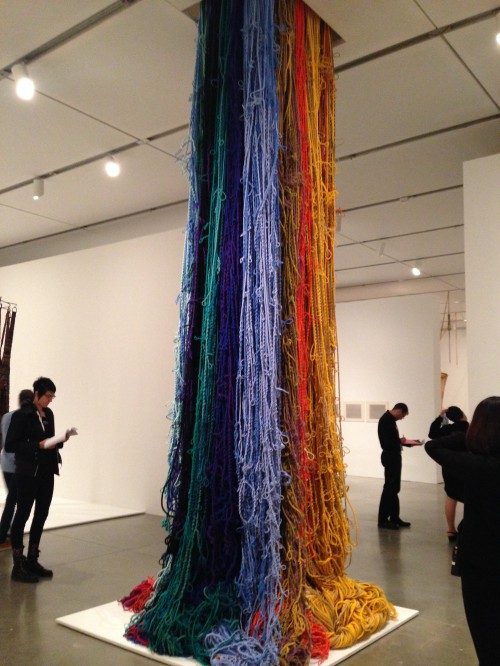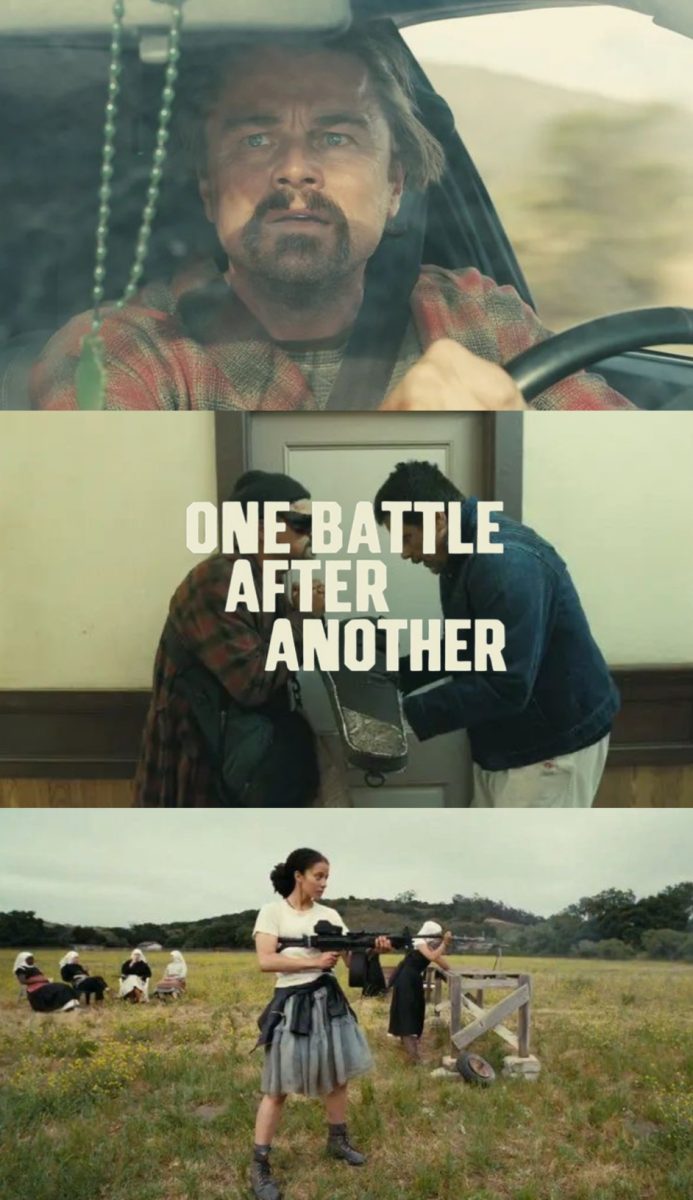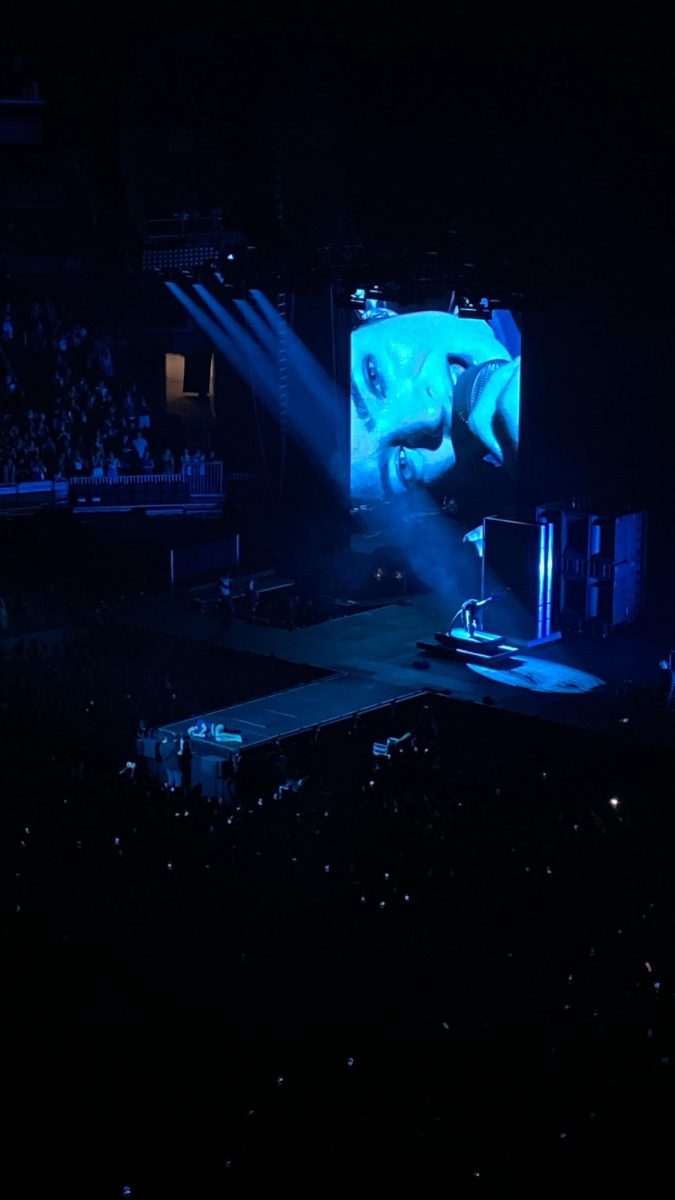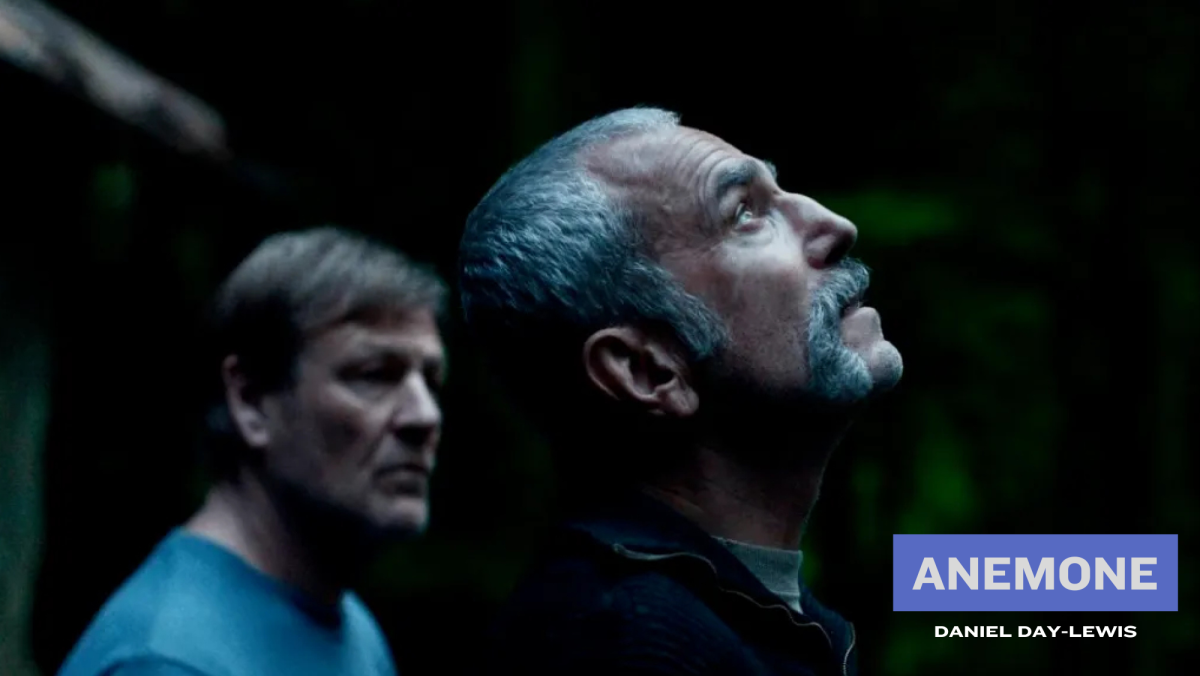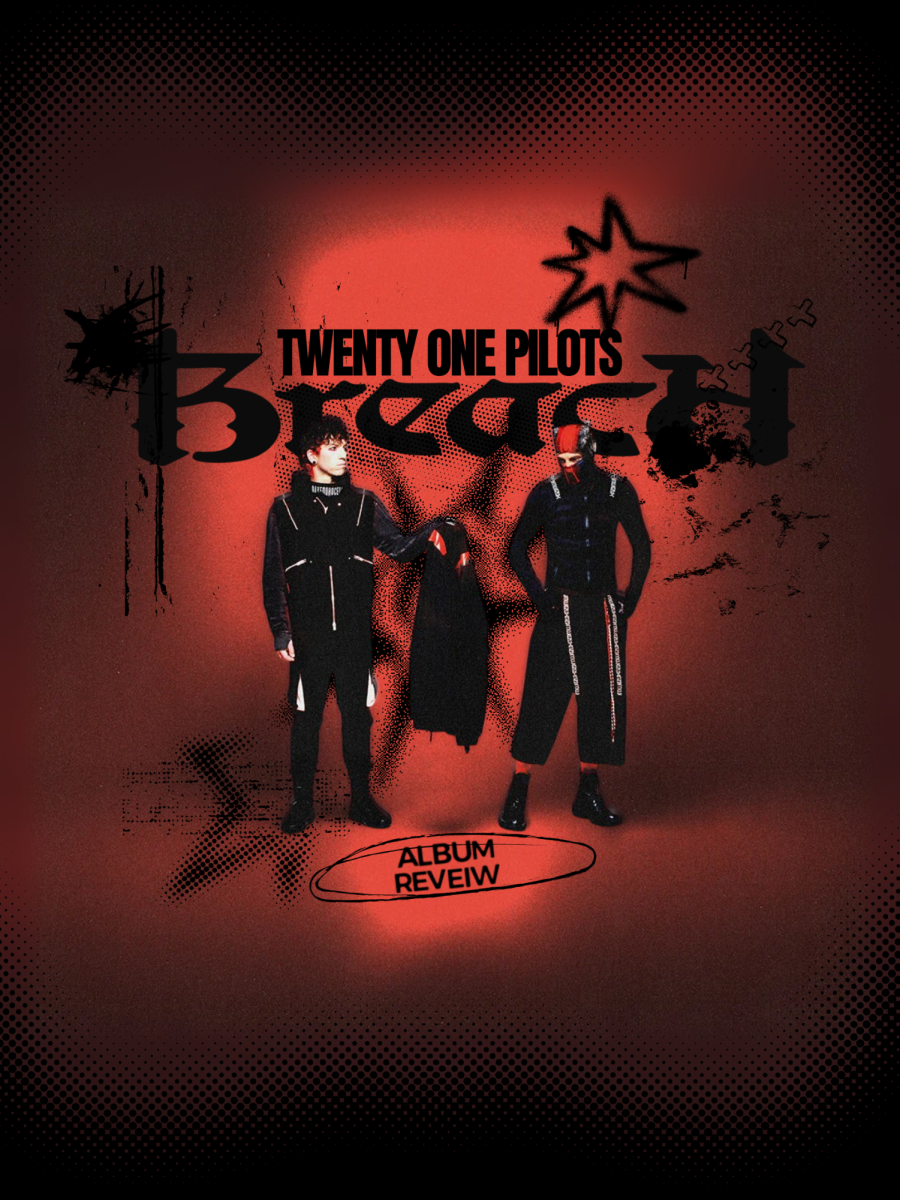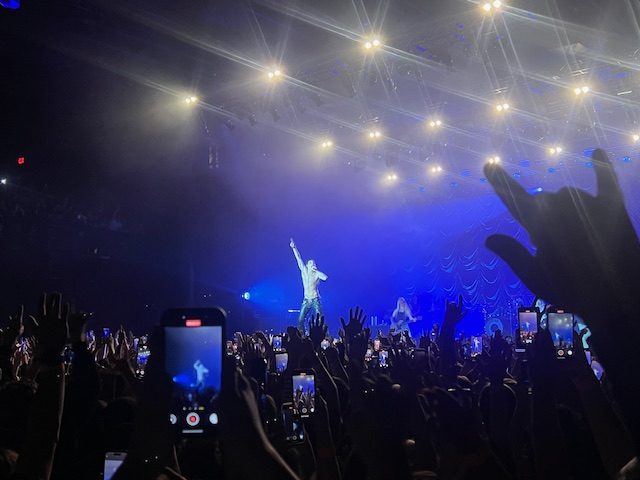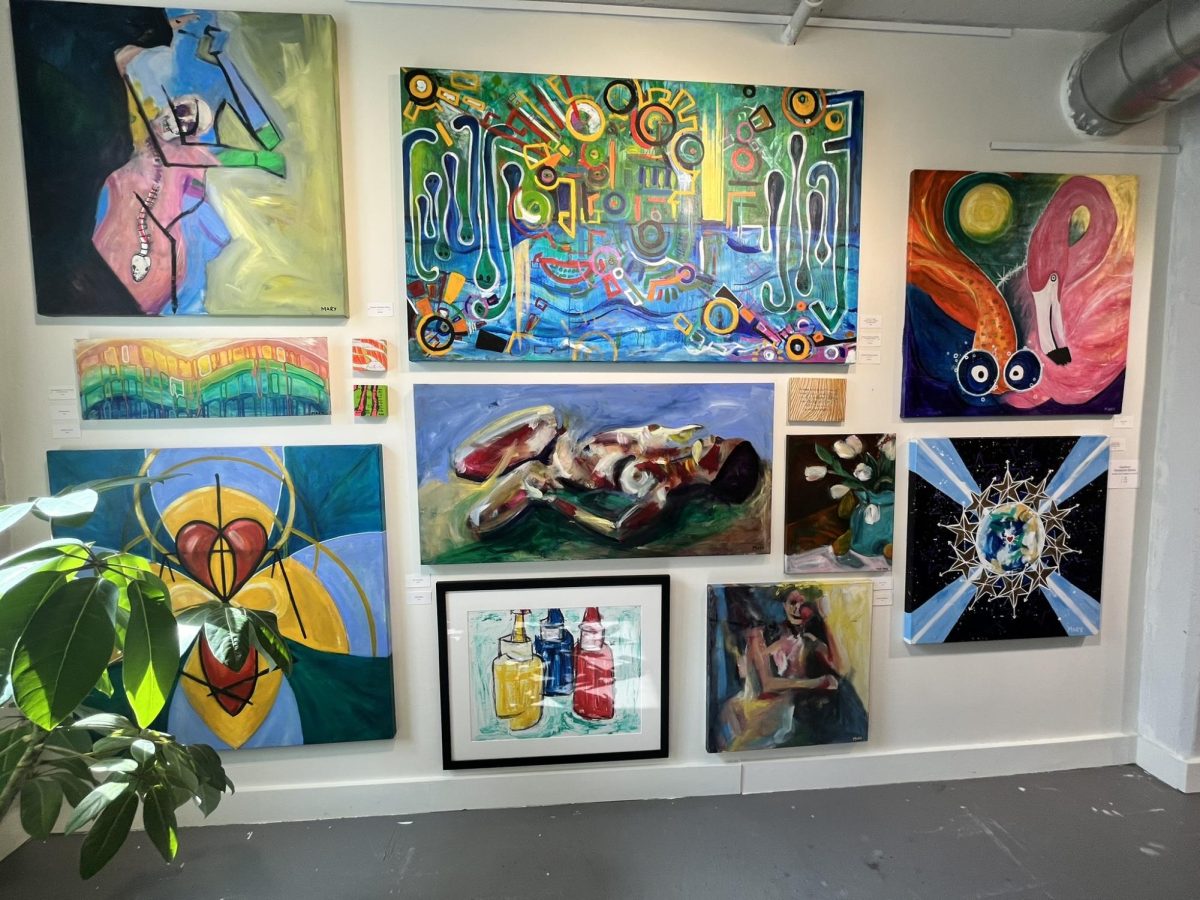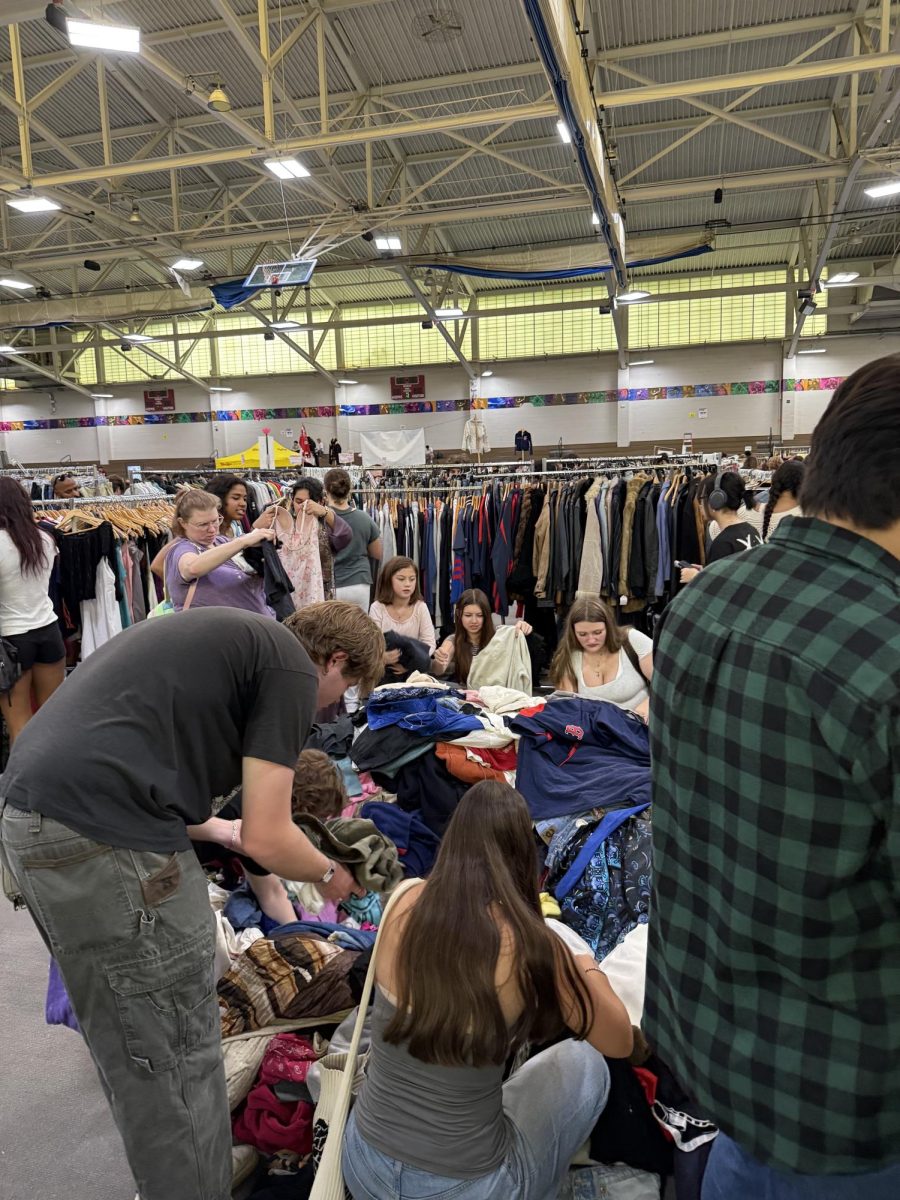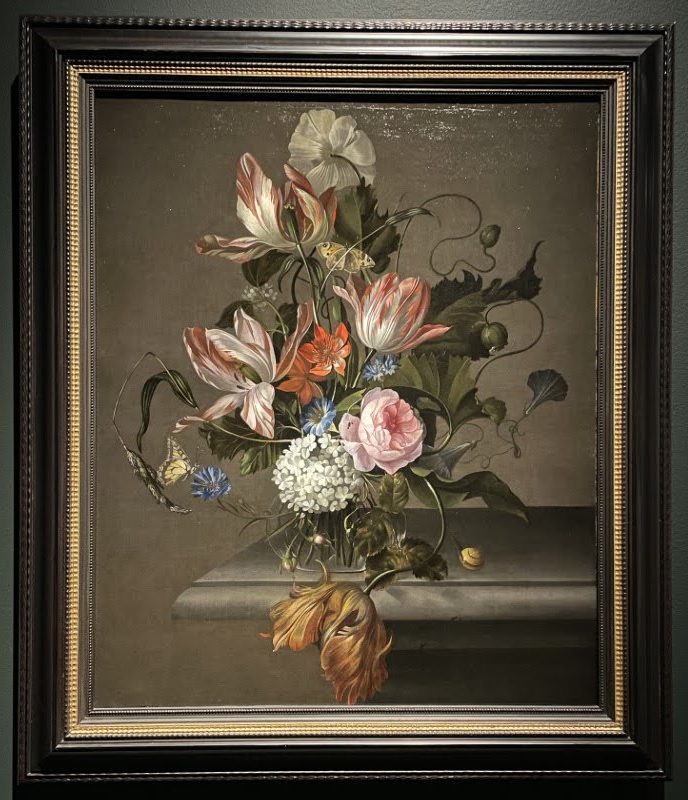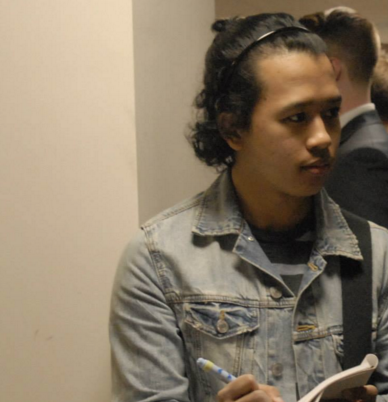The Institute of Contemporary Art is hosting a new exhibit named “Fiber: Sculpture 1960-Present” and includes the works of several contemporary artists.
The exhibit has five different galleries, each showcasing a unique take on the art of fiber sculpting. From vibrant colors to gravity defying structures, each gallery allowed visitors to enjoy the different aspects of the art.
The first gallery consists of the works of modern artists such as Lenore Tawney and Kay Sekimachi. Tawney is credited as the first person to publicly display the new approach to fiber in the US. Although the art was simpler in terms of color and design, the art in the first gallery is beautiful enough to attract the attention of many visitors.
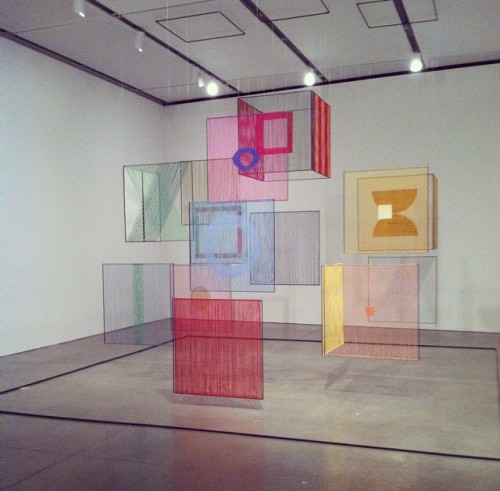
The second gallery was named “Fiber and Color” and it is perhaps the most interesting and eye-catching of the five rooms. The work did not look functional at all, but does have strong aesthetic value. It is difficult to look away from these pieces because of their bright colors and strange designs. According to the ICA, color and support are generally one and the same with fiber as threads can be dyed, enabling artists to add color to every structure.
The next gallery is “Fiber and the Grid.” This part of the exhibit has the look of what can be referred to as functional art, resembling large nets.
According to the ICA, every textile has two primary elements, vertical warps and horizontal wefts. These cross to form a grid. The perpendicular strands that comprise the knotted works often generate grid structures. It also holds a prominent position in the history of avant-garde art.
“When I was doing the woven walls, I was creating and dividing spaces with my tapestries,” said Artist Olga de Amaral, in a pamphlet distributed at the exhibit.
“At the start and at the finish my search was for space.”
“Fiber and Gravity” is the title of the fourth section of the gallery. The ICA wrote that the history of sculptures was dominated by hard materials such as marble and metal.
But this all changed in 1960s when artists started to challenge the assumption that sculptures should be rigid by using ephemeral and malleable media such as latex, fiberglass, and felt.
“First we broke with the rectangle, then we broke with the wall,” said Artist Francoise Grossen in the pamphlet.
The last section of the exhibit was titled, “Fiber and Feminism.” According to the ICA, fiber art was considered just a craft and not art. Women were excluded from art schools and museums; they used materials associated with traditional gender roles to critique those roles and create their art. The feminist movement started to challenge the male dominance of American life and visual arts played a prominent part in that.
This exhibit was perhaps the most creative currently on view at the ICA because of the various designs and structures that each of the artists used.
The exhibit will be on display at the ICA until Jan. 4, 2015.
